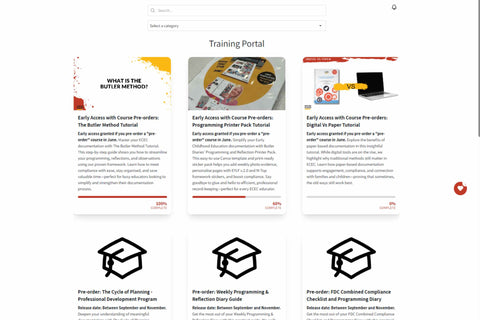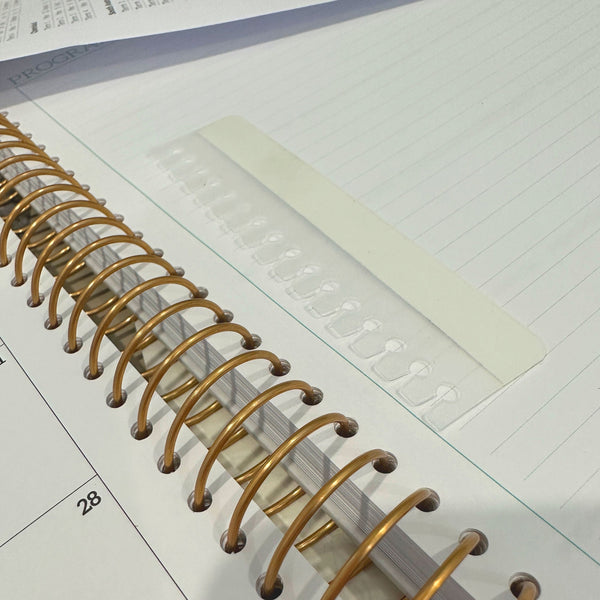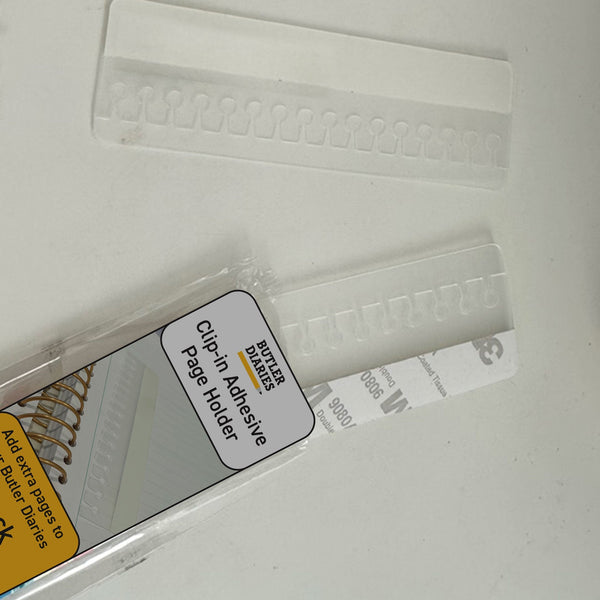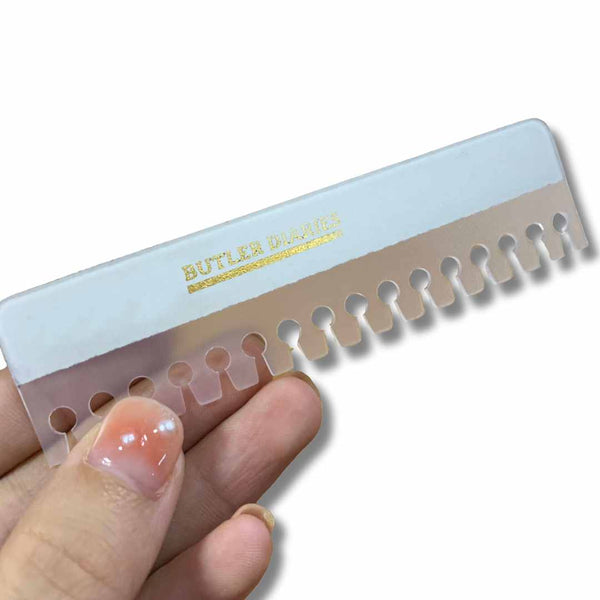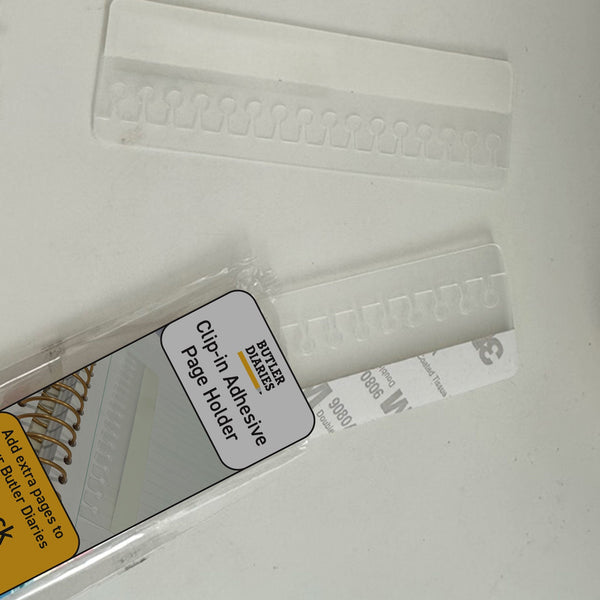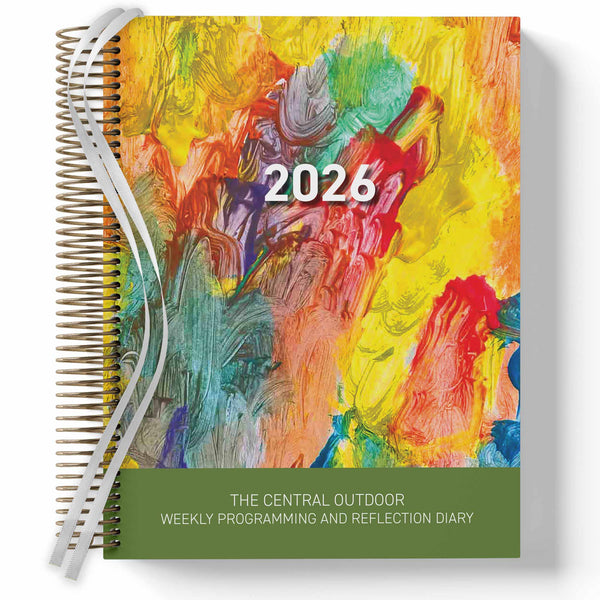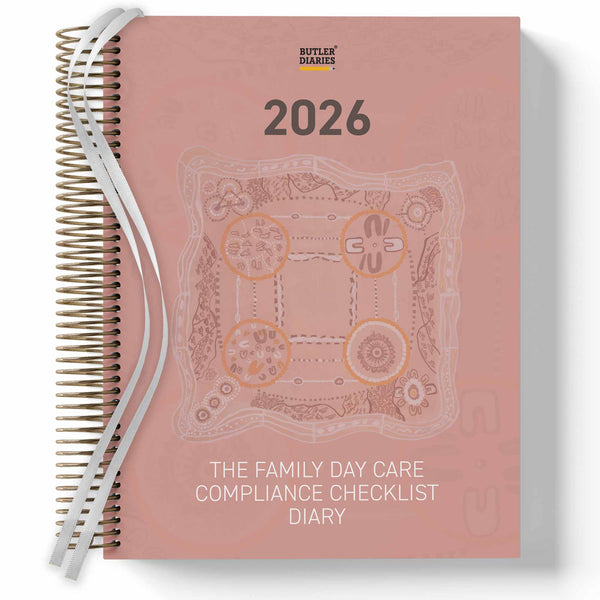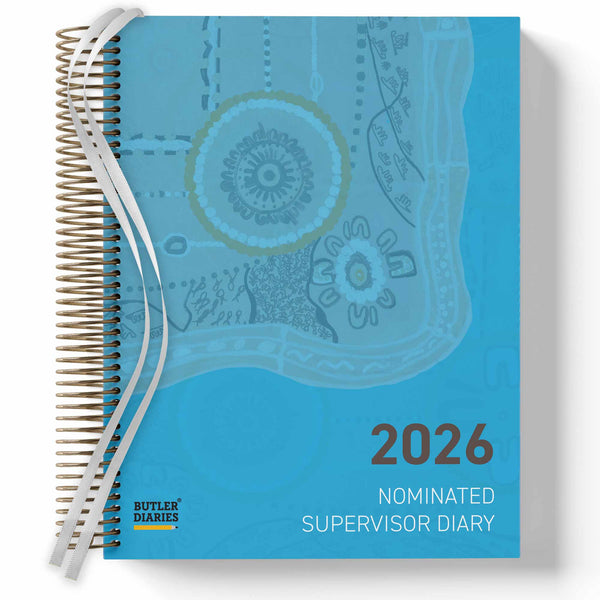Pricing your services as a tradie can be tricky. Charge too little, and you’re leaving money on the table (or worse, running at a loss). Charge too much, and you risk losing jobs to competitors. Striking the right balance means understanding your costs, your value, and the market you operate in.
If you’re struggling to set rates that are fair but also profitable, here’s a practical guide to help you get it right—without undercutting yourself.
1. Tradies: Know Your Costs Inside and Out
Before setting any prices, you need to calculate how much it actually costs to run your business. This includes:
- Labour Costs – Your wage, plus superannuation, taxes, and potential subcontractor payments.
- Materials & Equipment – The cost of tools, supplies, and maintenance.
- Overheads – Fuel, insurance, vehicle maintenance, advertising, licensing, office/admin expenses, and more.
- GST & Taxes – If you’re registered for GST, you need to be charging it on your invoices. You’ll also need to cover income tax and other levies.
Once you’ve got your total costs, you have a baseline for what you need to charge just to break even.
2. Research the Market Rates: What are Tradies Charging?
Knowing what other tradies charge for similar work in your area can help you stay competitive. Look at:
- Competitor pricing (check websites, social media, or ask around).
- Industry averages (check associations or government resources).
- What customers are willing to pay (based on demand and your location).
Don’t aim to be the cheapest—aim to be worth your price.
3. Factor in Your Trades Experience & Specialisation
Not all tradies charge the same rates, and for good reason. If you have years of experience, specialist skills, or qualifications that others don’t, you can charge a premium. Clients are often willing to pay more for reliability, quality, and expertise.
Consider:
- Do you have niche skills (e.g., gas fitting, solar installation, custom carpentry)?
- Do you have high-demand qualifications or additional certifications?
- Do you have a strong reputation and positive reviews?
If the answer is yes, don’t sell yourself short—charge accordingly.
4. Decide on Hourly vs. Fixed Pricing
Many tradies charge either an hourly rate or a fixed project price. The right choice depends on your trade and job type.
Hourly Rate: Good for jobs where time varies, like repairs or maintenance.
VS
Fixed Price: Good for jobs with predictable labour and materials, like installations.
Fixed pricing can be beneficial when quoting jobs, as customers like knowing upfront what they’ll pay. Just be sure to include a buffer for unexpected costs.
5. Add a Profit Margin (Don’t Just Cover Costs!)
To build a sustainable business, you need more than just break-even pricing. Adding a profit margin ensures you have room to grow, cover downtime, and invest back into your business.
A typical profit margin for tradies can range from 20% to 50%, depending on competition, demand, and risk factors.
Example:
- If your break-even cost for a job is $500, and you want a 30% profit margin, your final price should be $650 ($500 + 30%) + GST if you are registered.
6. Avoid the ‘Tradie Race to the Bottom’
Many tradies make the mistake of undercutting competitors just to win work. This might get you more jobs initially, but it’s not sustainable.
-
It lowers industry standards – Clients start expecting cheap rates as the norm.
- It squeezes your profit – Leaving you with little to reinvest or grow.
- It attracts the wrong clients – Bargain hunters often demand more but pay less.
Instead, focus on value: reliability, high-quality work, great service, and guarantees. People will pay for peace of mind.
7. Communicate Your Value to Clients
A client might compare two tradies and choose the cheaper option—unless you show them why you’re worth more.
Highlight your:
- Experience and qualifications.
- High-quality materials and workmanship.
- Reliability and professional service.
- Positive reviews and customer satisfaction.
Confidence in your pricing shows professionalism. If you believe in your worth, clients will too.
8. Regularly Review & Adjust Your Rates
Costs change, so your rates should too. Use your Construction Diary to reflect on jobs, variations, issues, and anything that has changed and impacted pricing. The Construction Daily Log can also help you stay on stop of how your jobs are performing financially so you can make adjustments. Regularly review your pricing based on:
- Rising material or fuel costs.
- Industry demand and inflation.
- Your experience and skill growth.
Don’t be afraid to increase your rates when necessary—especially if you’re booked out regularly.
Final Thoughts
Setting your rates as a tradie isn’t just about staying competitive—it’s about running a profitable, sustainable business. Know your costs, factor in your value, and don’t fall into the trap of undercutting. The right clients will pay for quality work.
💬 What’s your biggest struggle with pricing your services? Drop a comment below!

